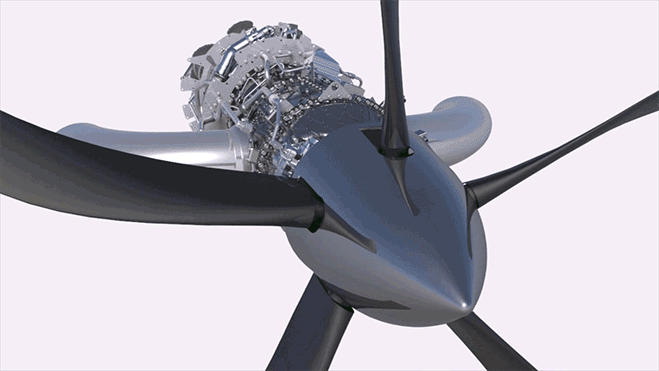Sticker Shock! Don't Overspend on Your First 3D Printer.
Two recent articles highlighted on a well known 3D Printing news site compared the print results between a $725 consumer 3D printer and a $25,000 professional Fused Filament Fabrication system. These articles illustrate the narrowing gap between results available from consumer vs. professional systems, highlighting the amount of money that can be saved by companies, institutions and individuals who carefully invest in lower cost simpler and proven technology. NASA and the DoD operate this way, so it goes without saying, so might we entrepreneurs.
For nearly 30 years, major manufacturers of professional Additive Manufacturing equipment have held a near monopoly on both the technology and the supply chains. Expensive printers, expensive ink as those within the industry joke. While these companies have certainly helped transform design and manufacturing process, reducing both costs and time requirements that delayed innovation and product development, they also perhaps unknowingly, limited innovation as a function of their traditional corporate structure. It's nearly impossible to create something new while working at a company who ultimately own the fruits of one's labor. The same applies to most colleges & universities, where IP rights are often signed away at time of enrollment, unbeknownst to students or parents. Thankfully people like Peter Theil and others exist, to encourage the unwary to take different paths.
The expiration of key 3D Printing patents over the last few years has opened a Pandora's Box within the Maker Movement worldwide and holds the potential, if wisely embraced, to dramatically change our world for the better in a very short period of time. Recent innovations in bio-sciences and medicine using these simple $1000+ tools may shortly result in truly groundbreaking developments in tissue & organ replacements, new medicines and surgical proceedures, and custom orthpedic solutions & prosthetics, dramatically improving the lives of millions worldwide.
We should carefully consider how best to spend public funds, especially in education, at a time when these low cost solutions have demonstrated better economic performance than their higher priced cousins. While this technology may have languished inside corporate culture for 30 years, the incentive to innovate has resulted in a real potential to earn from individual & team efforts, and has never been greater than today. We should encourage it's continued growth and adoption.














